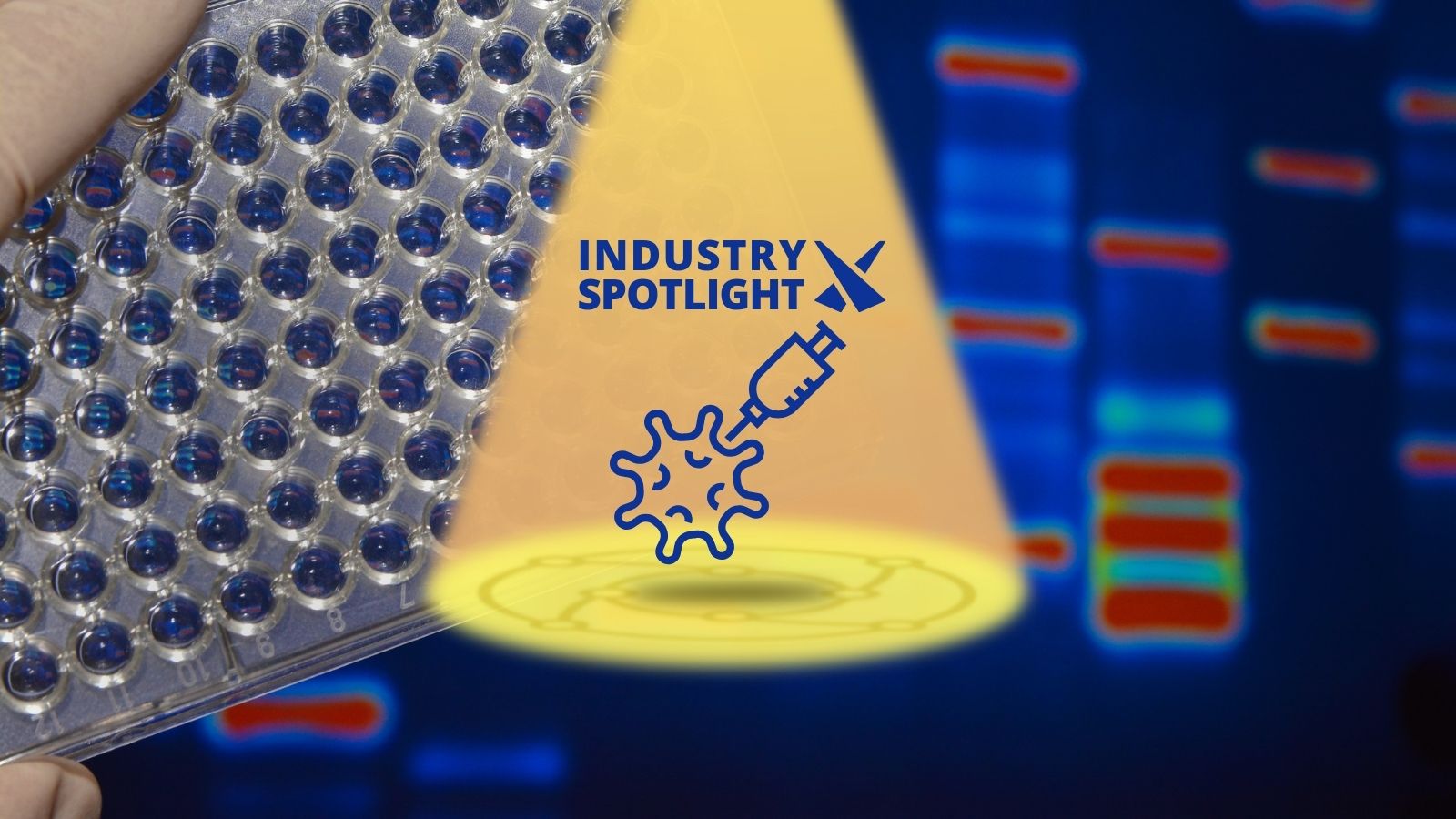Viral Vectors in Molecular Biology and Gene Therapy

Viral vectors have come to be a central component of gene therapy approaches, with many leading gene therapies employing adeno-associated viral (AAV) vectors for genetic product delivery.
AAV vectors have enjoyed a long period of dominance in the field since their introduction in 1965, with a workable body of legislative infrastructure having formed as a product of their integration into existing treatments.
One key reason for the popularity of AAV vectors is their relatively simple structure and lack of disease causation.
While their distinction in transfection efficiency and suitability in various applications makes them advantageous, there are challenges and risks associated with AAV-based gene therapies too.
Trends in Use for Viral Vectors
To understand the prevalence of AAV vectors in gene therapies, you only have to look at the numbers: AAV vectors made up 82% of gene therapies under development in 2021, with lentiviral vectors representing 10% of the remaining candidates.
Part of the reason for this market dominance is the effectiveness of AAV vectors: they have a high transfection efficiency compared to plasmids, and represent application-specific choices.
Two leading gene therapies, Luxturna and Zolgensma, use AAV vectors for the delivery of genetic material to the patient.
Although cell line development applications favour lentiviral and plasmid vectors, the unique attributes of AAV vectors – such as their smaller genome size and efficient genetic transfer – make them a desirable approach for gene therapy transfer.
While a typical single-stranded DNA AAV genome is just 4.8kb in length, it contains all of the components necessary for the successful genetic transfer of information.
Addressing AAV Vector Challenges
While AAVs are the leading approach in the field, they are not risk-free.
Preclinical studies have demonstrated that AAV-based therapies administered at high doses may cause immunogenicity and genotoxicity.
Issues such as these challenge the industry to find further ways of mitigating AAV toxicity, with potential workarounds including the use of recombinant technology to apportion AAV genes onto separate plasmids.
Some leading approaches may include the use of engineering tools and technological advancements to meet a growing market demand.
This could see the expansion of AAVs beyond rare diseases, subject to trends and market demands.
One notable sticking point concerns transfection difficulties in suspended cells: the separation of empty capsids from full capsids.
Future Predictions for the AAV Vector Market
AAVs have previously been approved for the treatment of rare diseases with very small patient populations.
However, the field is rapidly moving to the point where AAVs will be employed as part of therapies for ailments affecting larger numbers of people.
The cost of AAV vector production could be reduced through synthetic biology, with research suggesting that systematic engineering and rational design could lead to more cost-effective and efficient nanofactory platforms.
Synthetic biology principles have already been included in certain bioprocessing methods relevant to viral vectors, with these methods potentially serving as the foundation for more systemic gains in production capacity.
Want to receive the latest industry announcements on cell manufacture and development? Sign up for our Cell series newsletter to get up-to-date news each month. If you'd like to know more about our upcoming Gene Therapy Development conference, visit our event website to download an agenda and register your interest.







